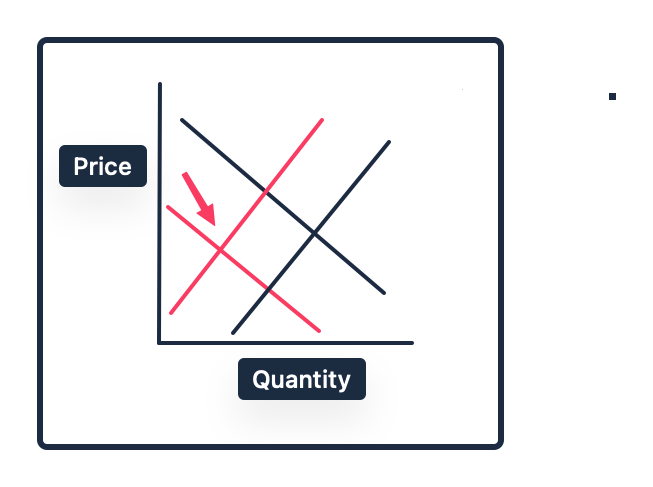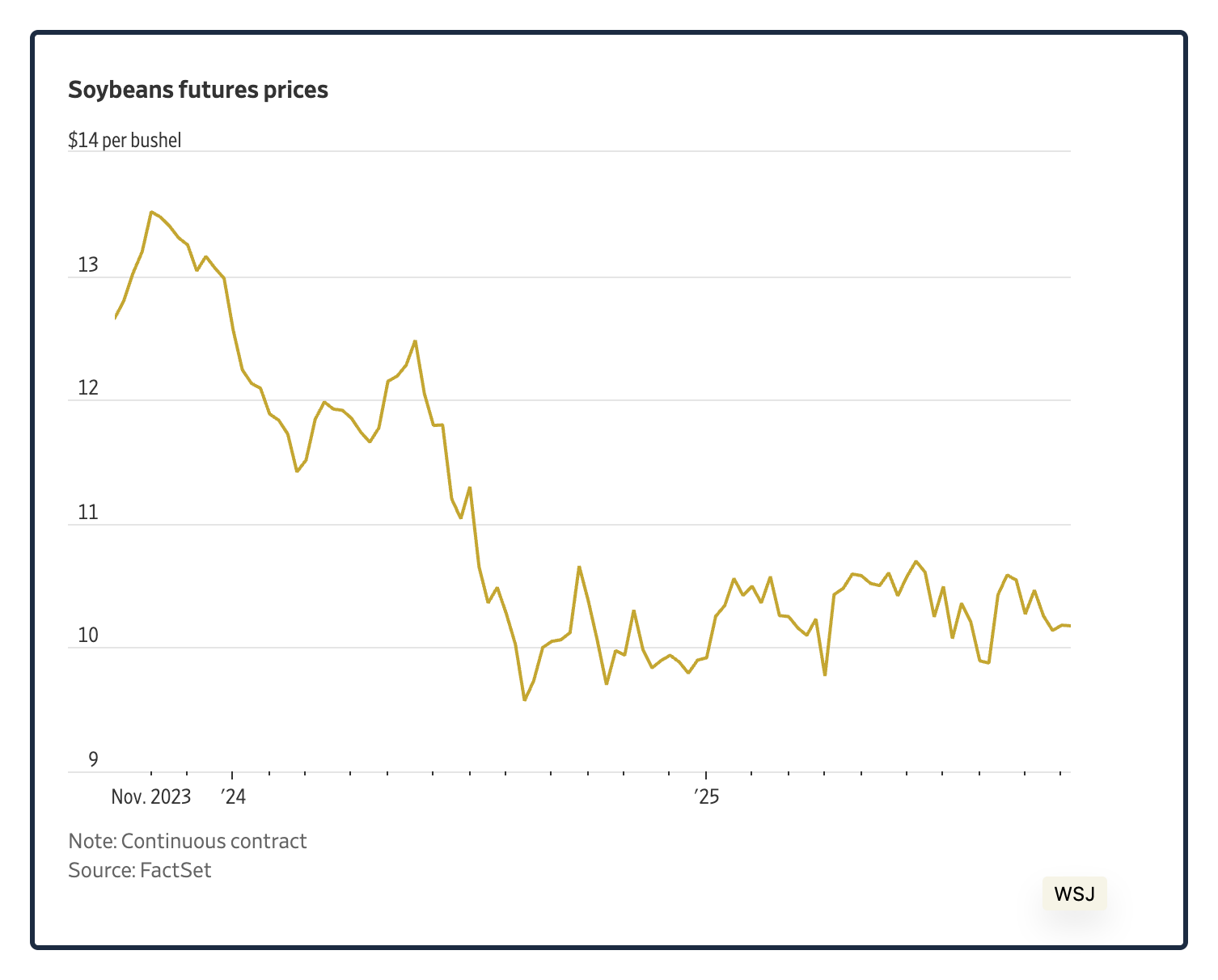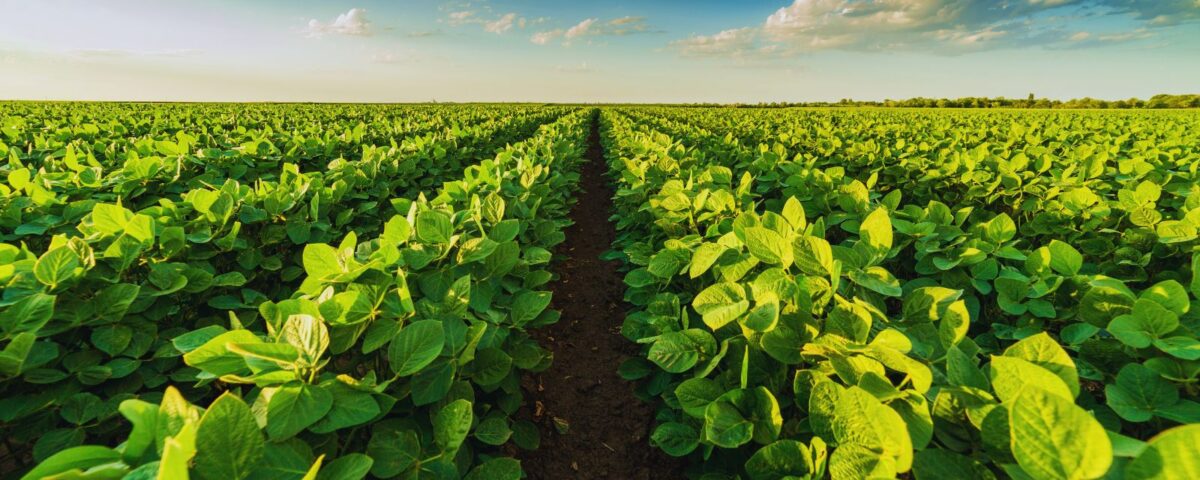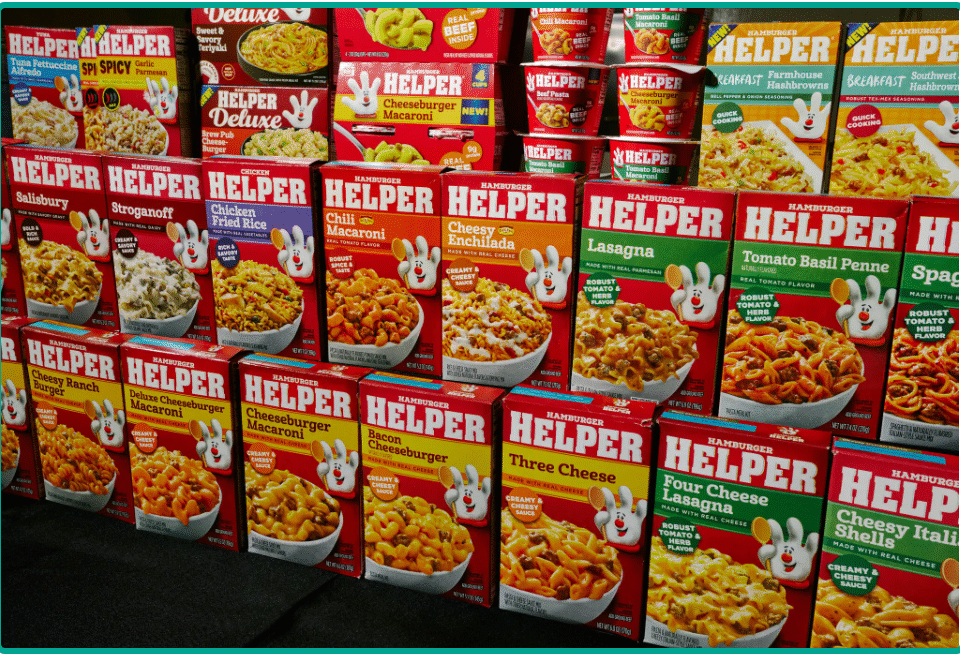
Some Berry Large Spending
October 8, 2025
The Talenti Lid Mystery
October 10, 2025Soybean markets are moving.
Let’s take a look.
Soybean Markets
Tariffs created gargantuan movement in U.S. soybean markets.
On the demand side we had China at the top as the previous pre-tariff purchaser of more than half of the U.S. soybean crop. Next, buying much less, there are the European Union and Mexico. And lastly, we have newly ascending participants that include Vietnam and Cambodia, Bangladesh and Egypt.
As China replaces the U.S. crop with soybeans from Brazil and Argentina, WSJ tells us about U.S. farmers’ attempts to develop new markets. Detailing how the higher protein impact of their crop boosts local fish farmers’ output, they are in Cambodia and Morocco.
Meanwhile supply takes us to farmers’ land, labor, and capital. With labor, immigration raids reduced the agricultural workforce. One farmer cited a local processing plant that lost all of its employees–legal immigrants–after a raid. At the same time tariffs made farm equipment steel and aluminum inputs more expensive.
Our Bottom Line: Supply and Demand
On the soybean farmer’s supply side, we have increasingly expensive land, labor, and capital. The John Deere equipment sensor needed by an Iowa farmer was unavailable because of tariffs. Similarly, other equipment and fertilizer have gone up in price and down in quantity.
Meanwhile demand from China has evaporated. Plunging from. 50% of all purchases to zero, the Chinese have disappeared from U.S. soybean markets.
Equilibrium Price and Quantity
The result is a squeeze. Farmers with fewer customers have to spend more. In the following market graph, demand decreases (black downward sloping line moves downward to the left) and supply decreases (black upward sloping line moves upward to the left). The result is the new slightly lower price and lower quantity equilibrium (red arrow):

Confirming a seemingly abstract supply and demand graph, these sinking prices take us closer to reality:

My sources and more: Soybeans have grabbed the headlines. Just two examples of many, the BBC World Business Report interviewed farmers and WSJ covered similar territory.
![econlifelogotrademarkedwebsitelogo[1]](/wp-content/uploads/2024/05/econlifelogotrademarkedwebsitelogo1.png#100878)




